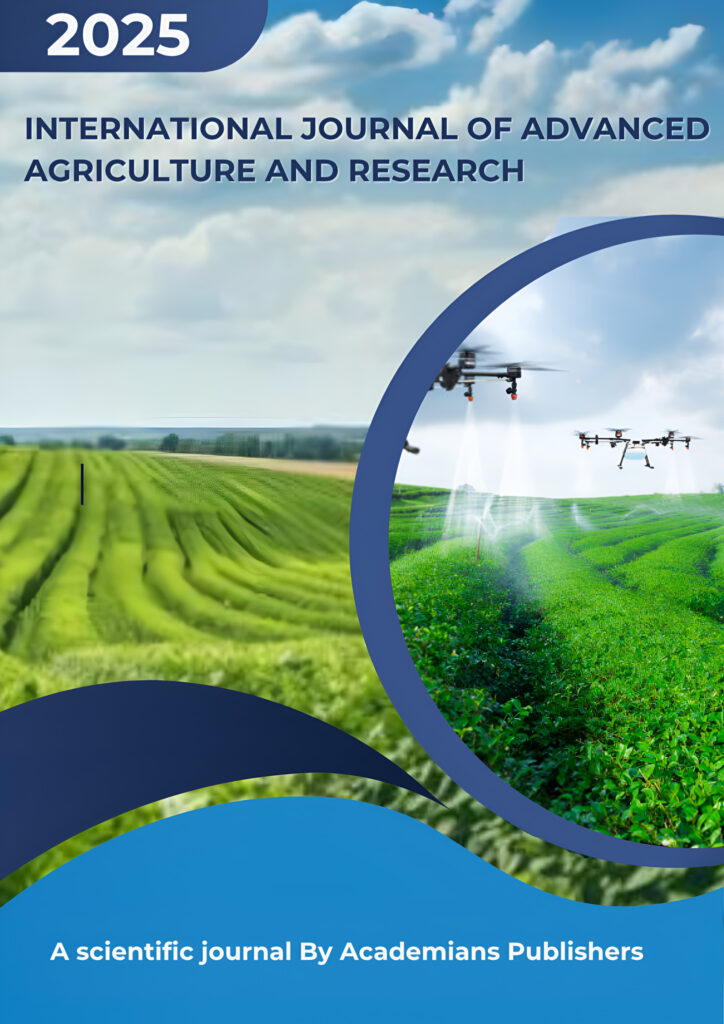
An Open Access Peer Reviewed International Journal.
Publication Frequency: Bimonthly
ISSN Online: XXXX-XXXX
Country of Origin: Nigeria
Language: English
Publisher Name: Academians Publishers
bio-inspired robotics, granular media, terradynamics, robot locomotion, tail morphology, substrate fluidization, mudskipper, co-design
Locomotion on deformable granular substrates like sand and mud remains a significant challenge for terrestrial robots, primarily due to complex terradynamic interactions leading to sinkage and slippage. Drawing inspiration from the mudskipper (Periophthalmus barbarus), an amphibious fish that modulates its tail morphology and kinematics to traverse such terrains, this study investigates the synergistic role of tail design and control in a flipper-driven robot. Through systematic robophysical experiments, we evaluated the performance of a mudskipper-inspired robot equipped with interchangeable tails of varying support areas (2 cm² to 24 cm²) under both idle and actively oscillating (5 Hz, 60° amplitude) conditions. Our results demonstrate that tail oscillation significantly enhances locomotion performance, but only when coupled with an appropriate morphological design. Specifically, for tails with a support area ≥ 8 cm², active oscillation increased forward speed by up to 20% and reduced body drag by 46% by locally fluidizing the substrate and reducing shear resistance. Conversely, oscillation with smaller tails increased sinkage and was detrimental to performance. A mechanistic model, validated by penetration and shear force measurements, reveals that the benefits of oscillation-induced fluidization are contingent upon the tail’s ability to limit sinkage. This establishes a critical co-design principle: effective mobility on flowable ground requires the simultaneous optimization of tail morphology (large support area) and motion (oscillation). These findings provide a framework for the design of next-generation robots capable of traversing complex natural terrains for applications in planetary exploration, search and rescue, and agricultural robotics.
